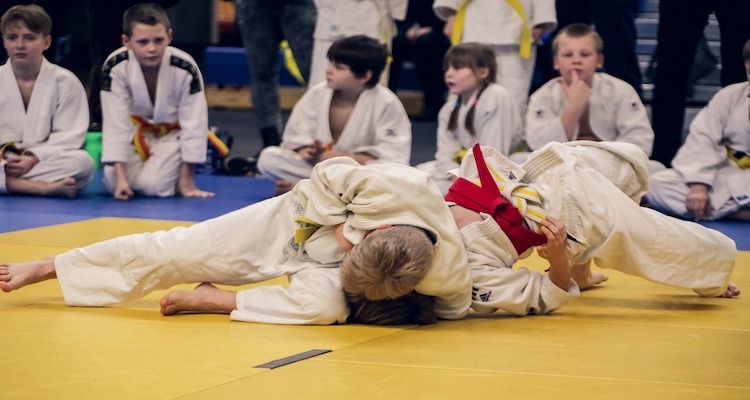
Judo requires strength, agility, endurance, and flexibility. It involves various techniques such as throws, holds, and submissions, which require physical exertion and precise movements. Practitioners must develop core strength, balance, and explosive power to execute techniques effectively. Additionally, judo training typically includes conditioning exercises, cardiovascular workouts, and sparring sessions, all of which contribute to the physical demands of the sport. Regular practice and training are necessary to develop the necessary physical attributes and skills required for judo. Given the physical demands it is not surprising that injuries can occur in Judo. We now turn to consider seven of the most common injuries in Judo.
As with any contact sport, injuries can occur in judo. Some common injuries associated with judo include:
It's important to note that the risk of injury can be minimized through proper training, warm-up exercises, learning correct techniques, and wearing appropriate protective equipment such as judogi (judo uniform), mouthguards, and padded mats. Additionally, following the rules and guidelines of the sport can help reduce the occurrence of injuries. We now turn to exploring these injuries prevention strategies in more detail.
To help prevent injuries in judo, here are some recommended practices:
Remember, safety should always be a priority in judo. Following these preventive measures can help reduce the risk of injuries and create a safer training environment.
If you would like to speak to someone about sports injuries then we have a number of specialists who list on our directory. We also have a range of experts in physical conditioning from strength and performance coaches through to yoga teachers who can help with injury prevention.
